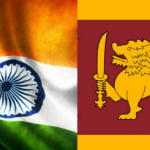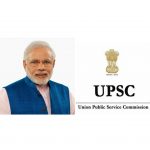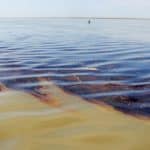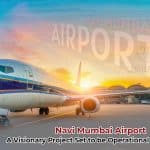Class 8- Geography-Chapter 1- Resources
- Utility or usability is what makes an object or substance a resource. Water, electricity, vegetables etc are all used by us, so they have utility.
- Use or utility gives a resource its value. All resources have some value or worth. Some resources have economic value, some do not. For example, metals may have an economic value, a beautiful landscape may not. But both are important and satisfy human needs. Some resources can become economically valuable with time. Your grandmother’s home remedies have no commercial value today. But if they are patented (the exclusive right over any idea or invention) and sold by a medical firm tomorrow, they could become economically valuable.
- Time and technology are two important factors that can change substances into resources. Both are related to the needs of the people. People themselves are the most important resource. It is their ideas, knowledge, inventions and discoveries that lead to the creation of more resources.
Types of resources
- Natural: Resources that are drawn from nature and used without much modification.
a) Renewable: can be renewed or replenished quickly. While some of these, like solar and wind energy, are unlimited and unaffected by human activities. Yet careless use of certain renewable resources like water, soil and forest can affect their stock. Water seems to be an unlimited renewable resource but shortage and drying up of natural water sources is a major issue.
b) Non- renewable: Those which have a limited stock and once exhausted, may take thousands of years to be renewed or replenished. Since this period is much more than human life span, they are considered non-renewable. - Human-made: Many natural substances become resources only when their original form has been changed. Natural resources are used by humans to make buildings, bridges, roads, machinery and vehicles, which are then called human-made resources.
- Human Resource: Human beings are a special resource (human resources) as they can make the best use of nature to create more resources when they have the knowledge, skill and the technology to do so. Improving the quality of people’s skills so that they are able to create more resources is known as human resource development.
Resource Distribution
- The distribution of natural resources depends upon number of physical factors like terrain, climate and altitude. The distribution of resources is unequal because these factors differ so much over the earth.
Conserving Resources
- Using resources carefully and giving them time to get renewed is called resource conservation.
- Besides meeting the requirements of the present, the needs of future generations are also taken care of is called sustainable development.
- There are many ways of conserving resources. Each person can contribute by reducing consumption, recycling and reusing thing.
More Read..











